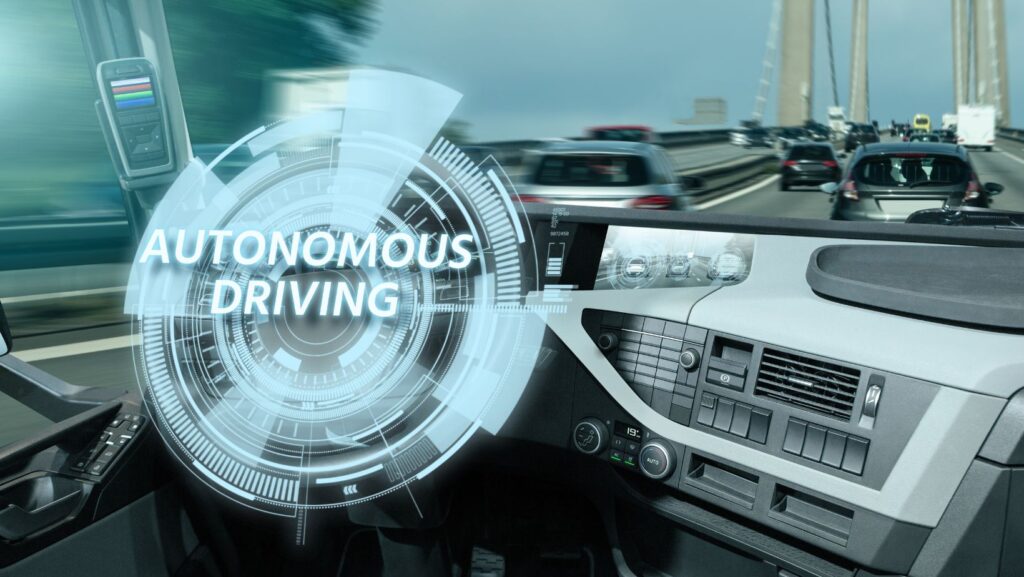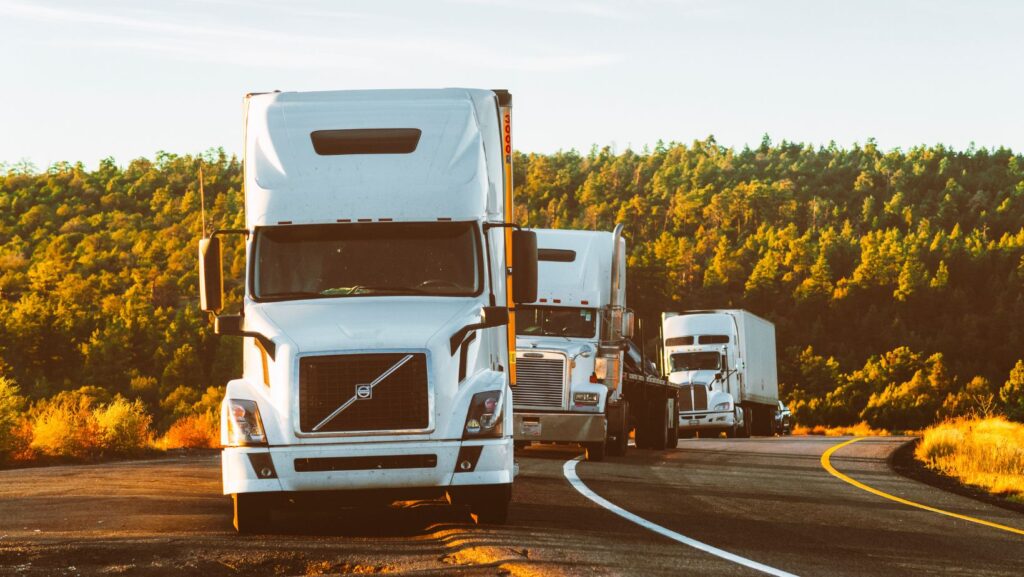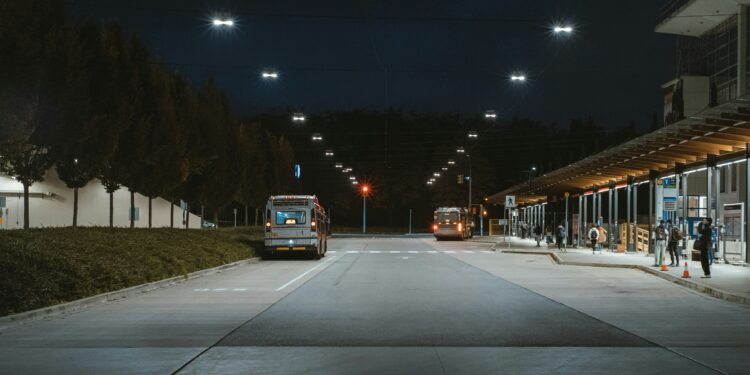The promise of fully autonomous trucks navigating highways without human intervention has captured headlines for years, yet the reality on the ground tells a more nuanced story. Despite remarkable technological advances and successful pilot programs, the autonomous trucking industry continues to rely heavily on skilled human operators, though their roles are evolving in fascinating ways.
The Current State of Autonomous Technology
Today’s autonomous trucks operate with impressive capabilities but remain far from true independence. The autonomy stack powering these vehicles represents a complex integration of sensors, artificial intelligence, and decision-making algorithms. Yet this sophisticated technology encounters limitations when faced with unexpected scenarios outside its training parameters. Construction zones with unusual layouts, emergency vehicle interactions, and severe weather conditions continue challenging even the most advanced systems.
Safety Case Readiness reached 86 percent, with a goal of 100 percent by launch, while Autonomous Miles Percentage climbed to 98 percent, indicating that current systems still require human intervention for a meaningful percentage of operations.
Regulatory Framework and Human Requirements
Federal and state regulations continue to mandate human oversight for autonomous commercial vehicles. At present, driverless trucks are allowed in Tennessee, but this could change as the general assembly tabled a bill requiring a human operator to attend during journeys. This regulatory uncertainty reflects broader concerns about public safety and technological readiness.

The Federal Motor Carrier Safety Administration maintains strict requirements for commercial vehicle operators, and these standards directly impact autonomous trucking deployment. Even vehicles equipped with advanced automation systems must comply with existing commercial vehicle regulations, which creates an interesting intersection between traditional driving requirements and emerging technology oversight.
The Evolution of Operator Roles
The shift toward autonomous trucking has transformed rather than eliminated the need for skilled operators. Traditional truck drivers are evolving into safety drivers and system monitors, requiring new competencies alongside their existing road experience. These professionals must understand vehicle dynamics and complex autonomous systems, creating a unique skill set combining mechanical knowledge and technological literacy.
Safety drivers serve as the critical link between autonomous systems and real-world unpredictability. They monitor system performance, intervene during challenging situations, and provide human judgment when algorithms encounter scenarios beyond their programming. This role demands exceptional situational awareness, quick decision-making abilities, and deep understanding of both trucking operations and autonomous technology limitations.
The baseline qualifications for these evolving positions remain rooted in traditional commercial driving expertise. Operators must demonstrate proficiency with large commercial vehicles, which typically requires earning a CDL classes in Arizona or their home state before advancing to specialized autonomous vehicle training. This foundation ensures that safety drivers possess the fundamental skills to control heavy commercial vehicles when autonomous systems require human intervention.
Remote Oversight and Teleoperation
The three most essential elements for safe teleoperation are connectivity, connectivity and connectivity, as connectivity is the linchpin that holds the entire AV teleoperation together. Remote operators represent another critical component of autonomous trucking operations, providing oversight and intervention capabilities from centralized command centers.
These teleoperators monitor multiple vehicles simultaneously, stepping in when autonomous systems encounter situations requiring human judgment. Unlike safety drivers who remain physically present in vehicles, teleoperators work from remote locations using high-definition video feeds, sensor data, and communication systems to guide vehicles through challenging scenarios.
Edge Cases and Compliance Challenges
Autonomous trucks excel in predictable highway environments but struggle with unexpected situations that human drivers navigate intuitively. Construction zones, emergency vehicles, unusual weather conditions, and infrastructure failures create scenarios where human judgment remains superior to algorithmic decision-making.
Responsibility for safety of people in and around the vehicle and of equipment requires a certain level of perception and autonomy capable of maintaining safety distance, performing minimal risk maneuvers, and emergency braking. While autonomous systems can handle many of these functions, complex scenarios often require human intervention to ensure safe outcomes.

Compliance requirements add another layer of complexity. Commercial vehicles must adhere to hours-of-service regulations, weight restrictions, hazardous materials protocols, and inspection requirements. Human operators provide the flexibility and judgment necessary to navigate these regulatory frameworks while ensuring autonomous systems operate within legal parameters.
Skills for the Future of Trucking
The autonomous trucking industry demands operators with hybrid skill sets combining traditional trucking expertise with technological proficiency. Depending on the specialty, autonomous vehicle careers require experience with industry software, sensing hardware such as Lidar and radar, distributed computing, or distributed machine learning.
Modern autonomous truck operators must understand system diagnostics, recognize automation failures, and seamlessly transition between manual and autonomous modes. They need familiarity with sensor technologies, software interfaces, and communication protocols while maintaining the situational awareness and vehicle handling skills that define professional truck driving.
Endnote
Automobile trucking continues advancing toward greater automation, but skilled human operators remain integral to safe and effective operations. Rather than eliminating jobs, autonomous technology is reshaping the transportation workforce, creating opportunities for operators who embrace both traditional trucking expertise and emerging technological capabilities.

























































